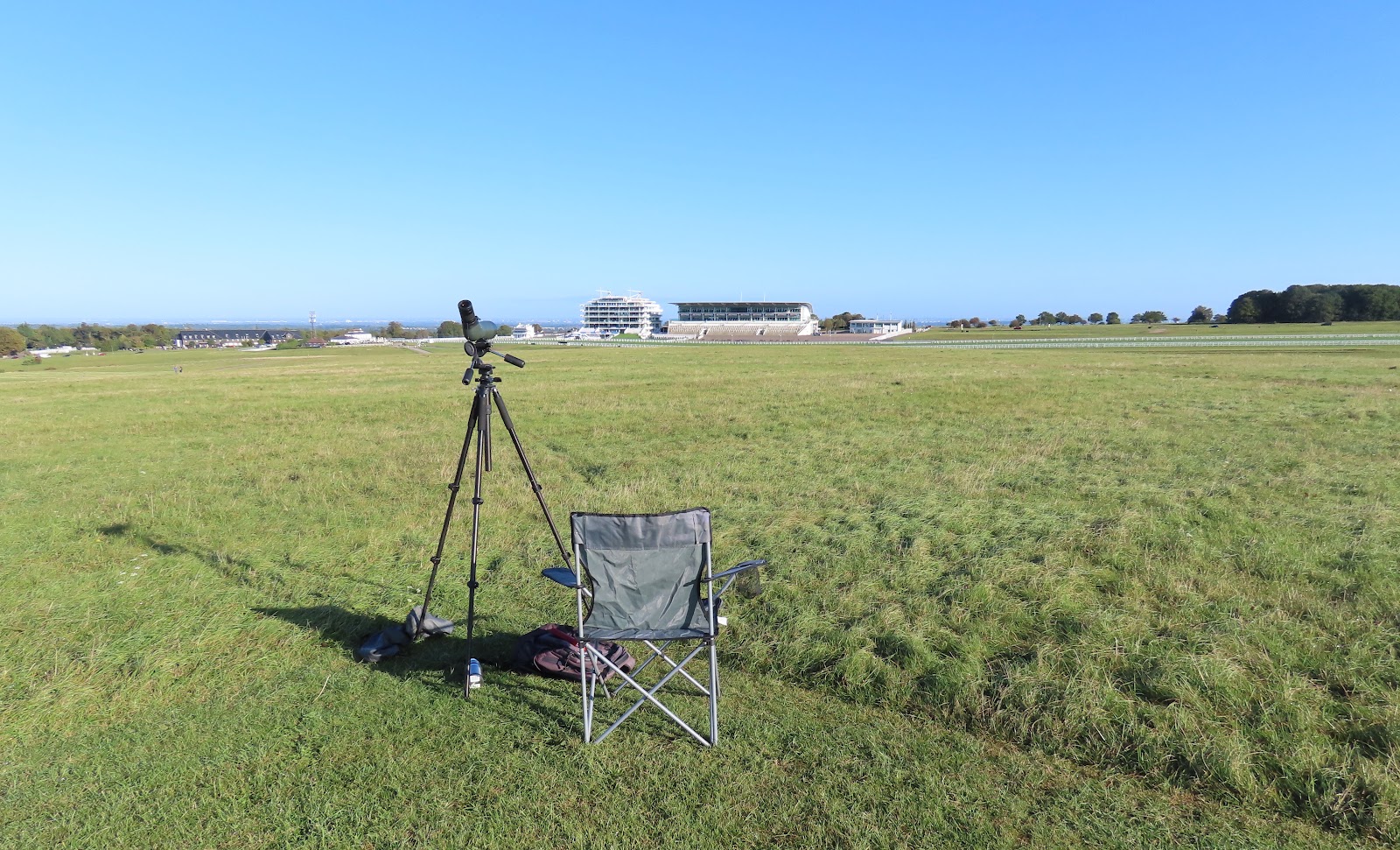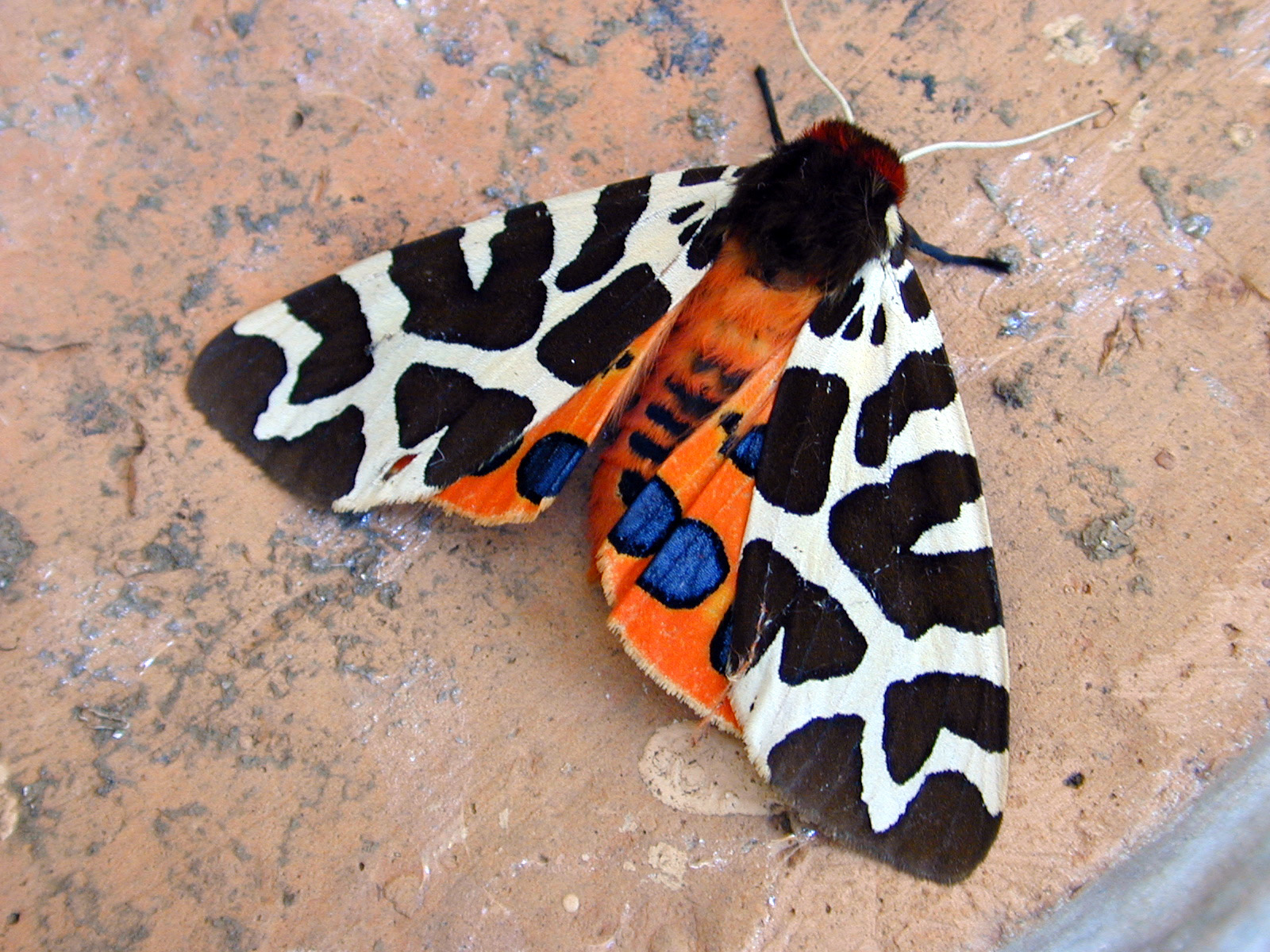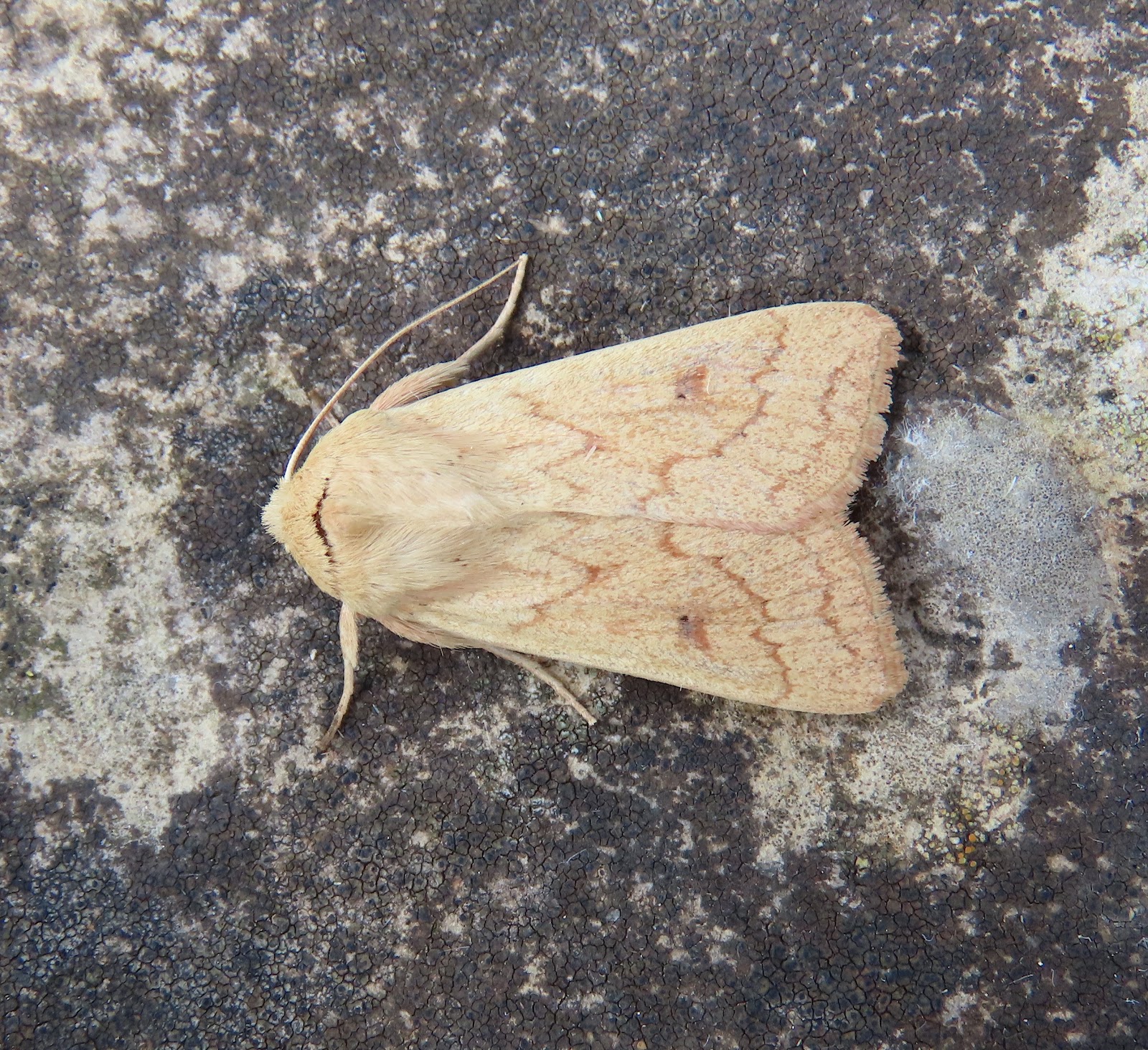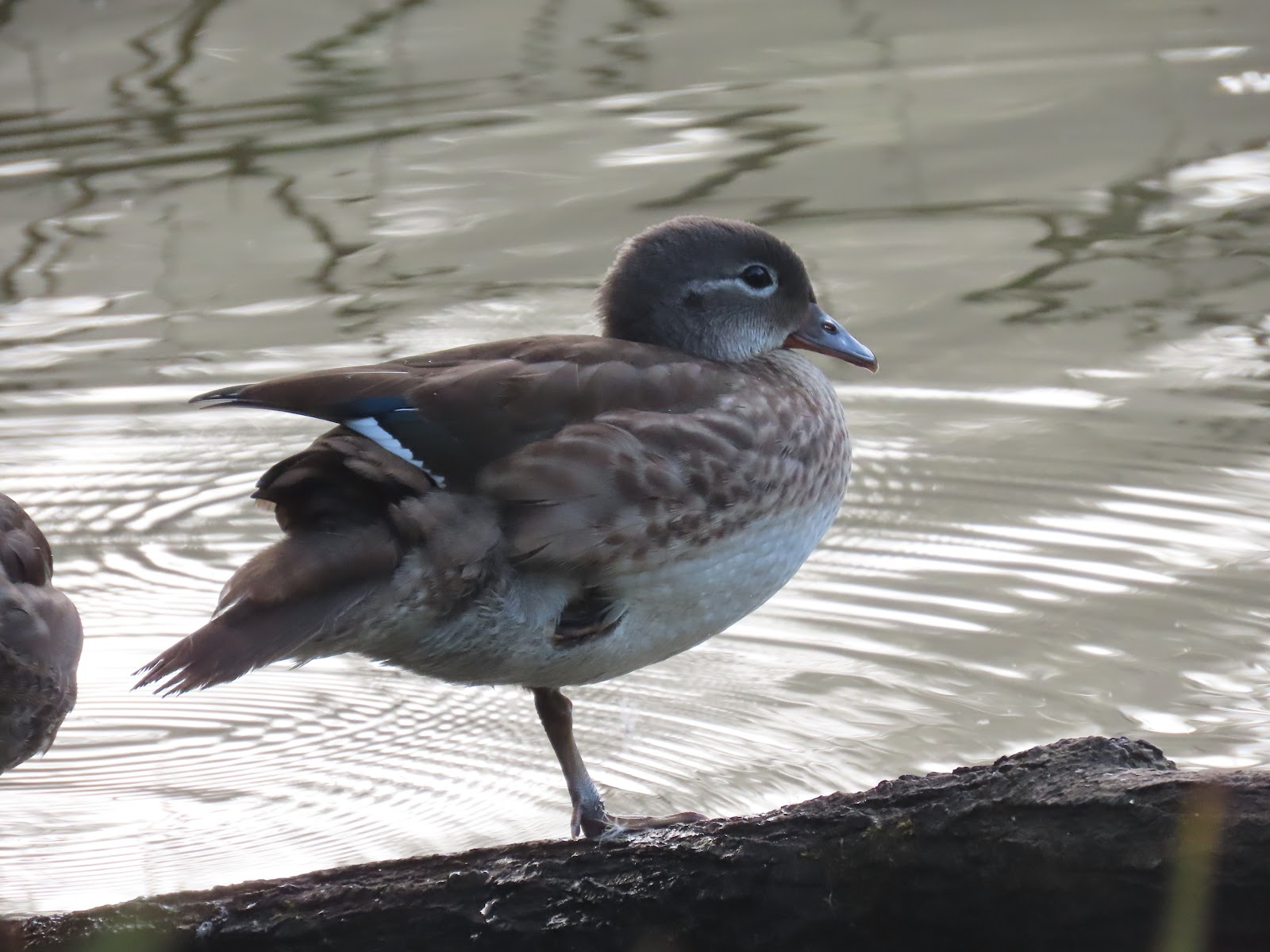In the beginning (moths)

The first moth that I have any recollection of appeared as if a short, stubby, pink cigar, hanging onto a pile of freshly laundered clothing that was spilling over the top of a washing basket. At first I wasn't sure what this 'thing' was - a medley of pink bubblegum and mossy green - was it really a living thing and not some toy misplaced by a younger sibling? But on closer examination it was real enough. It moved. And it had wings. Even then, without any known education or experience, I somehow knew that this was no butterfly but a moth. It was the summer of 1973 and I had no real interest in natural history, but that was about to change... As if priming me for what was about to unfold, a second moth came to me that summer. A big thing, all chocolate brown discs on a white background, with splurges of orange. Two moths and two absolute belters. I needed to know more. And so, like so many schoolchildren before me, I sought enlightenment via one of the ubiquitous Observer Bo






